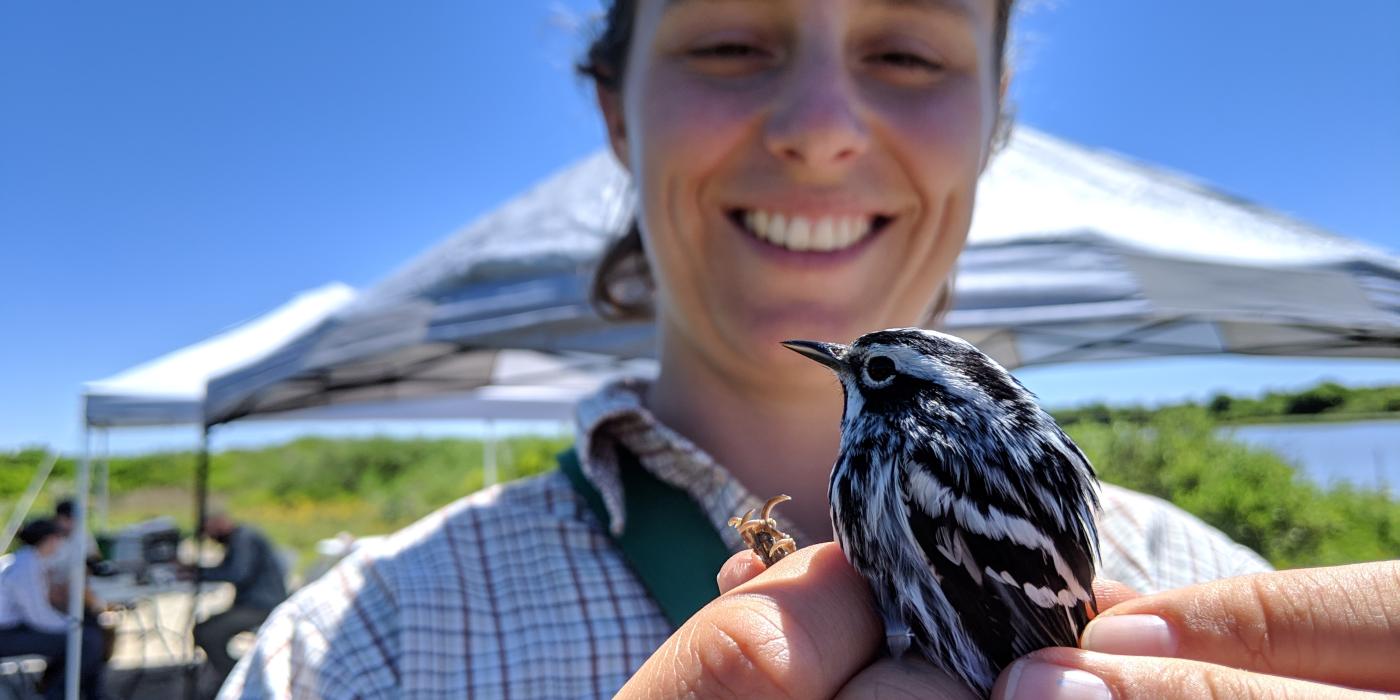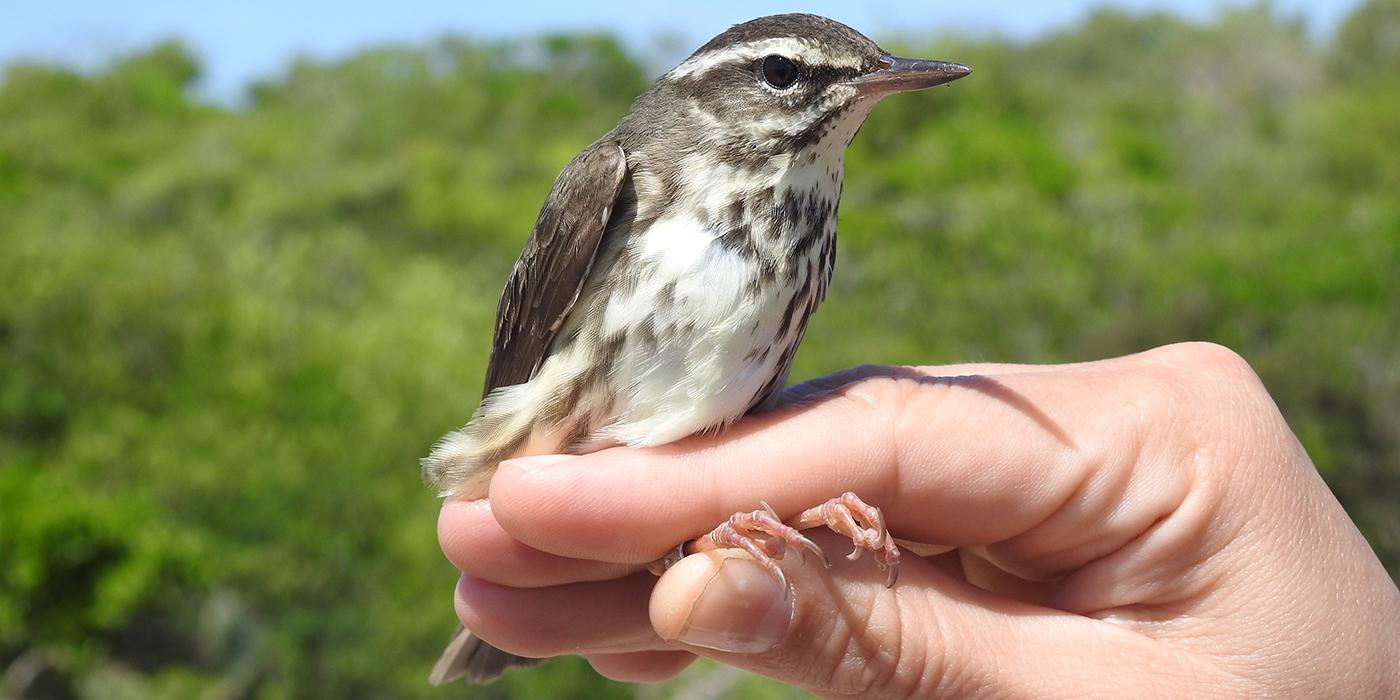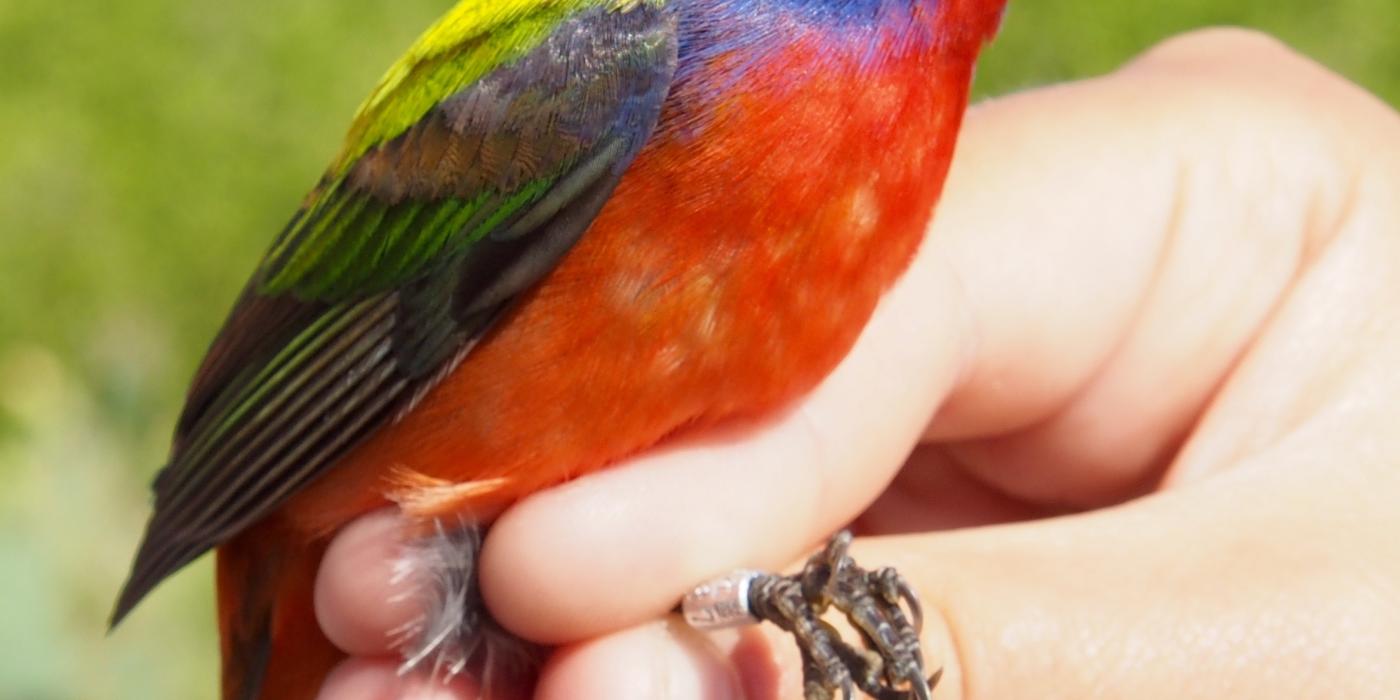From the Field: Bird Banding on Texas’ Gulf Coast, Chapter 2
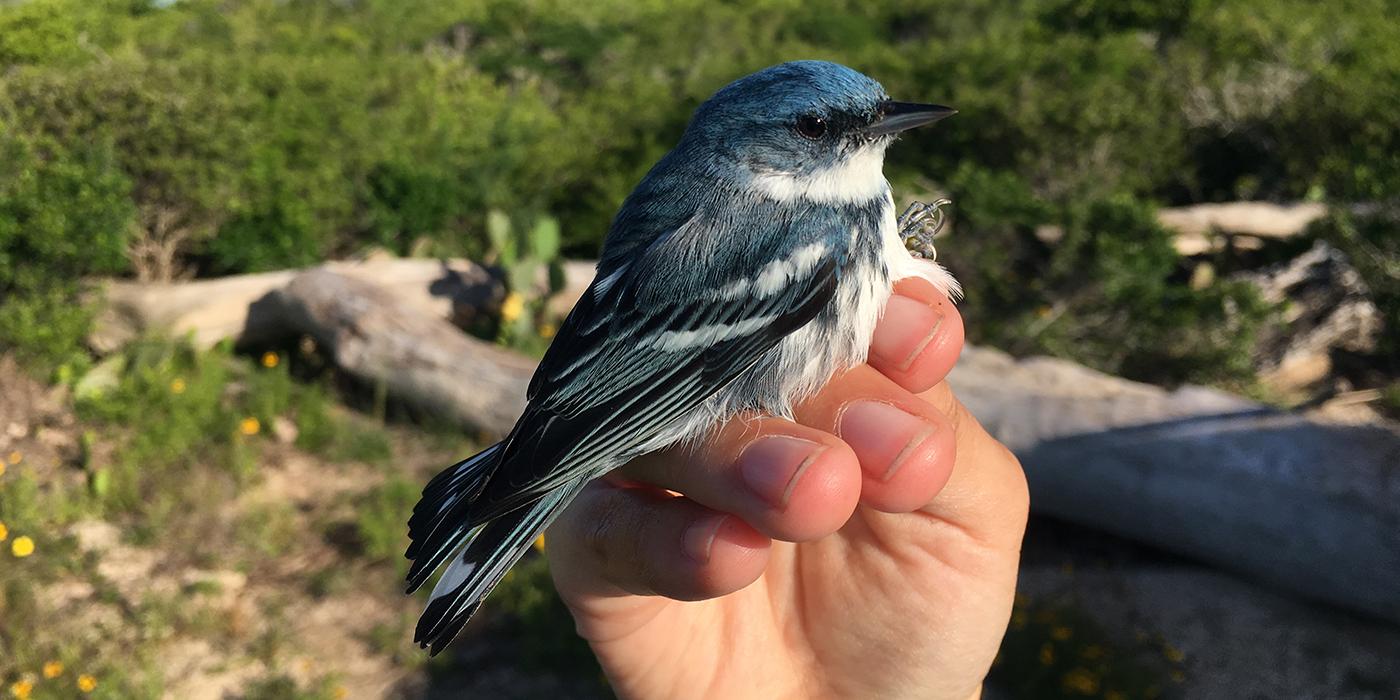
In Texas, a team of Smithsonian Migratory Bird Center scientists is studying birds that travel through the Gulf of Mexico. The following is an update from the field, written by SMBC research technician Tim Guida.
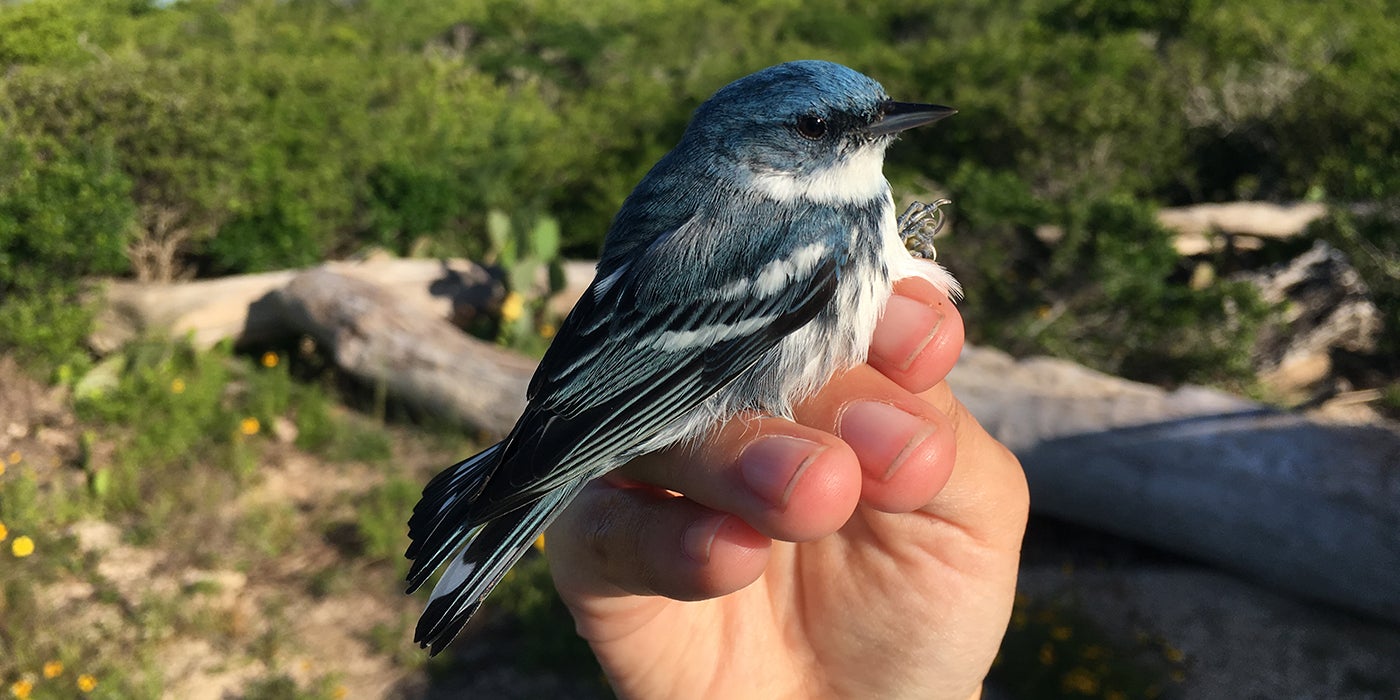
The weeks following our arrival at the Clive Runnells Family Mad Island Marsh Preserve can be hugely unpredictable. In certain years, early April has been the slowest part of the season, with wintering birds beginning to depart and arriving migrants not yet moving north in large numbers. The third week of April traditionally marks the start of peak migration season.
This year, we also experienced some slow periods. But, luckily, most days we saw at least a trickle of migrant birds. A nice arrival event during the second week of April resulted in the capture and release of more than 15 species of warblers.
Highlights included a large number of hooded and Kentucky warblers, as well as a couple of Swainson’s and cerulean warblers. We also captured our first orchard oriole, summer tanager and Acadian flycatcher.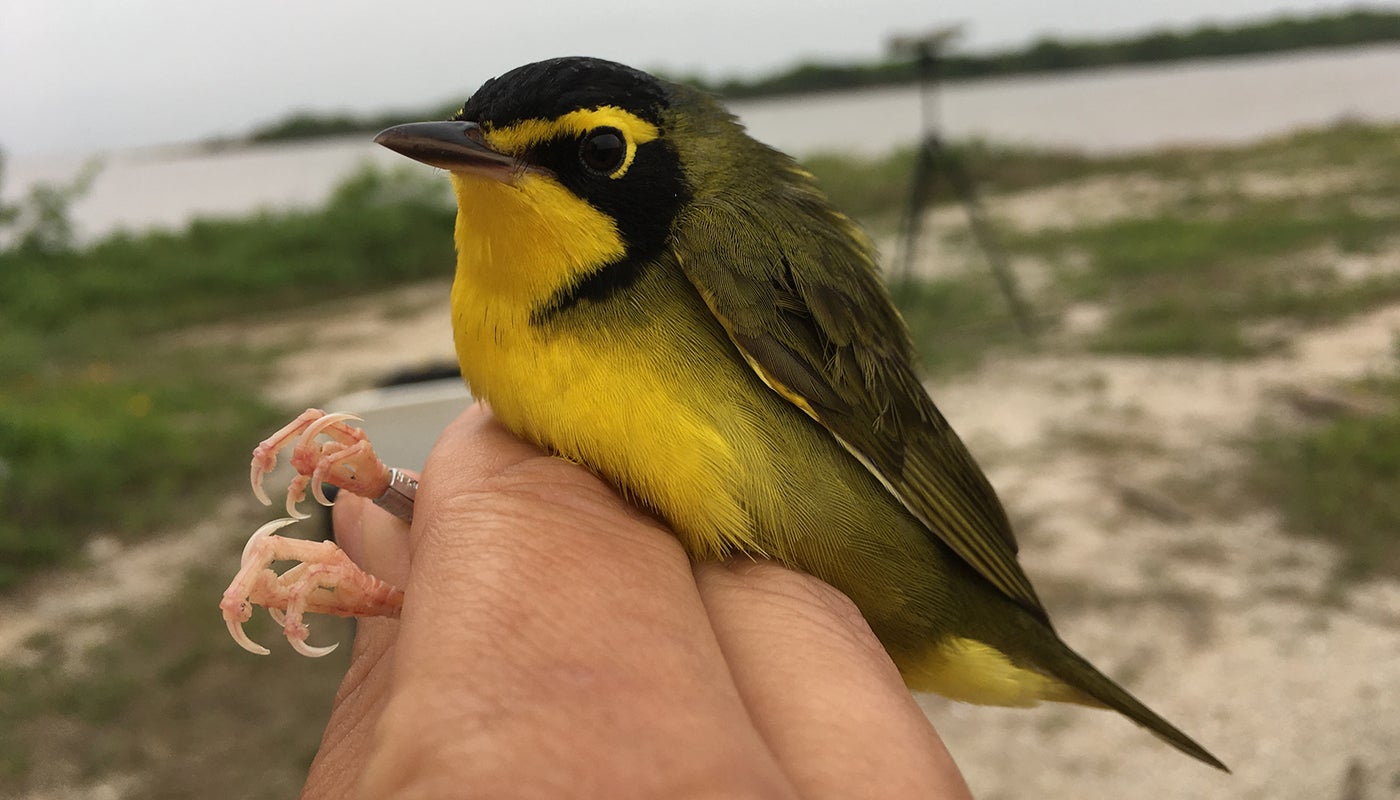
Highlights included a large number of hooded and Kentucky warblers, as well as a couple of Swainson’s and cerulean warblers. We also captured our first orchard oriole, summer tanager and Acadian flycatcher.
These species are southern breeders and still among the early season migrants. The breeding grounds of many more northern birds are still covered in snow, and we do not expect to see some of them for a few more weeks.
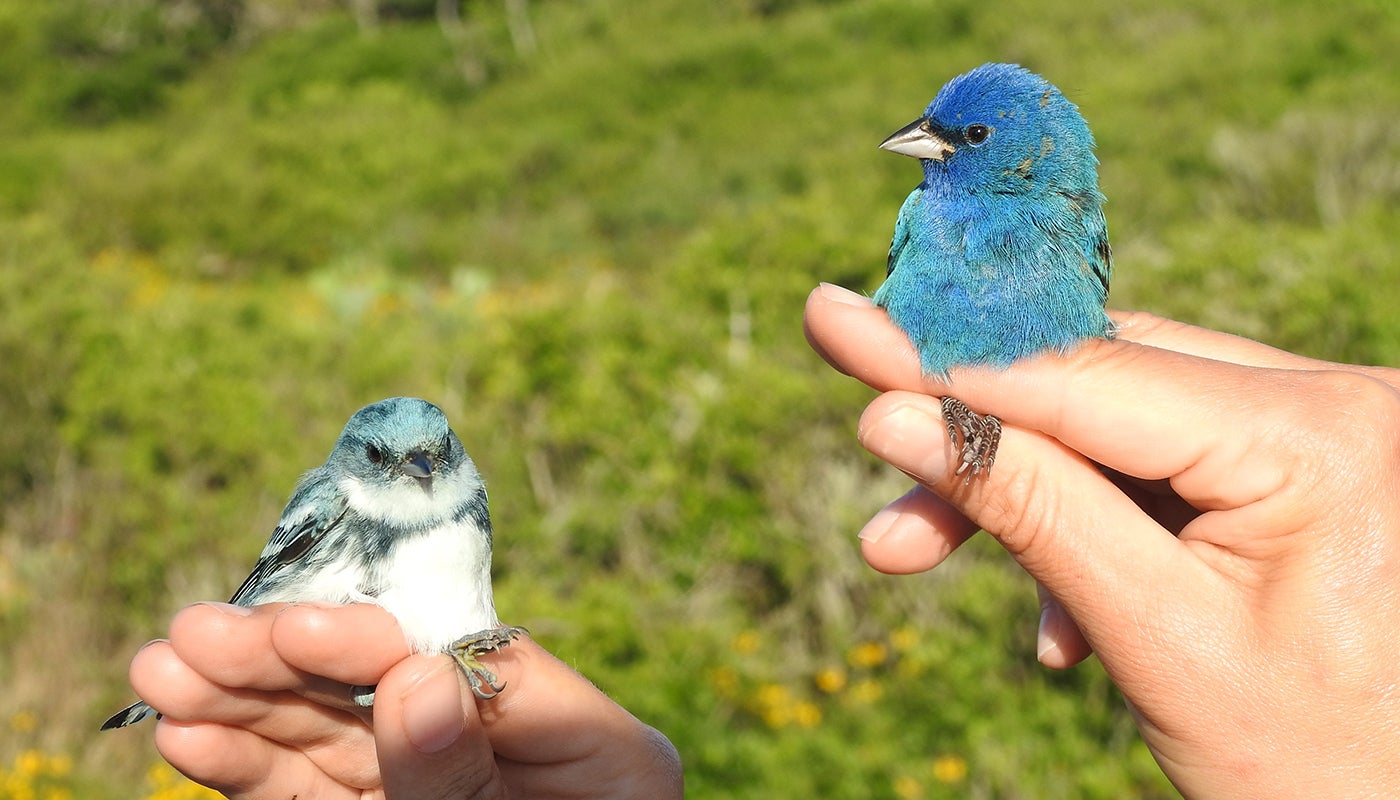
The habitat at Mad Island is dense, and many birds are silent during this part of migration, making it difficult to determine which birds are arriving until our nets are open. On the other hand, some open-country species, such as indigo buntings and blue grosbeaks, are more conspicuous.
As we walked the net lanes, we flushed (startled into flight) groups of these blue birds at every turn. Mixed within these flocks were a few multicolored painted buntings that had also just recently arrived.
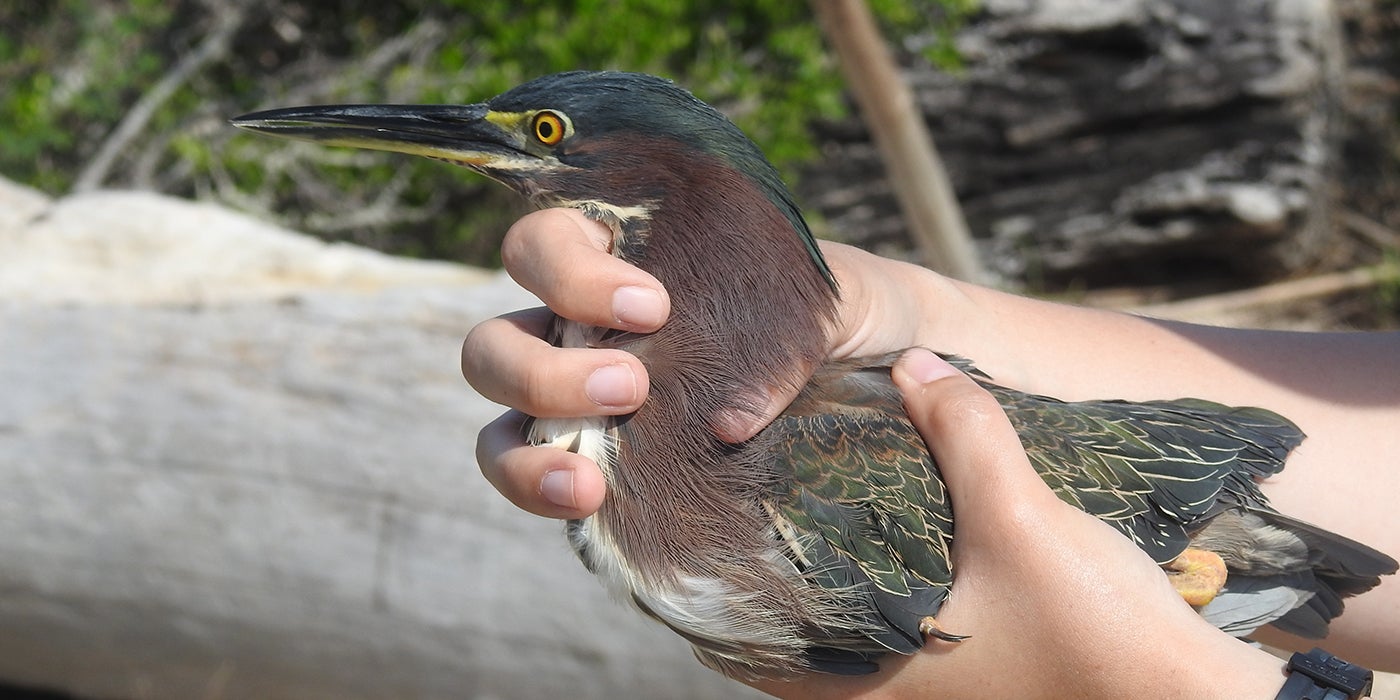
We have been lucky enough to capture a green heron and a bronzed cowbird this season, as well. We often observe but do not usually capture these two species at the banding site. Green herons are frequently seen stalking fiddler crabs that burrow in our net lanes, but they generally keep clear of the nets. This was only the second individual we have caught here at Mad Island.
Bronzed cowbirds are typically found throughout Mexico and Central America, with the northern part of their range just reaching into parts of Arizona, Texas, New Mexico and Louisiana. Like other cowbirds, they are brood parasites and lay their eggs in other species’ nests.
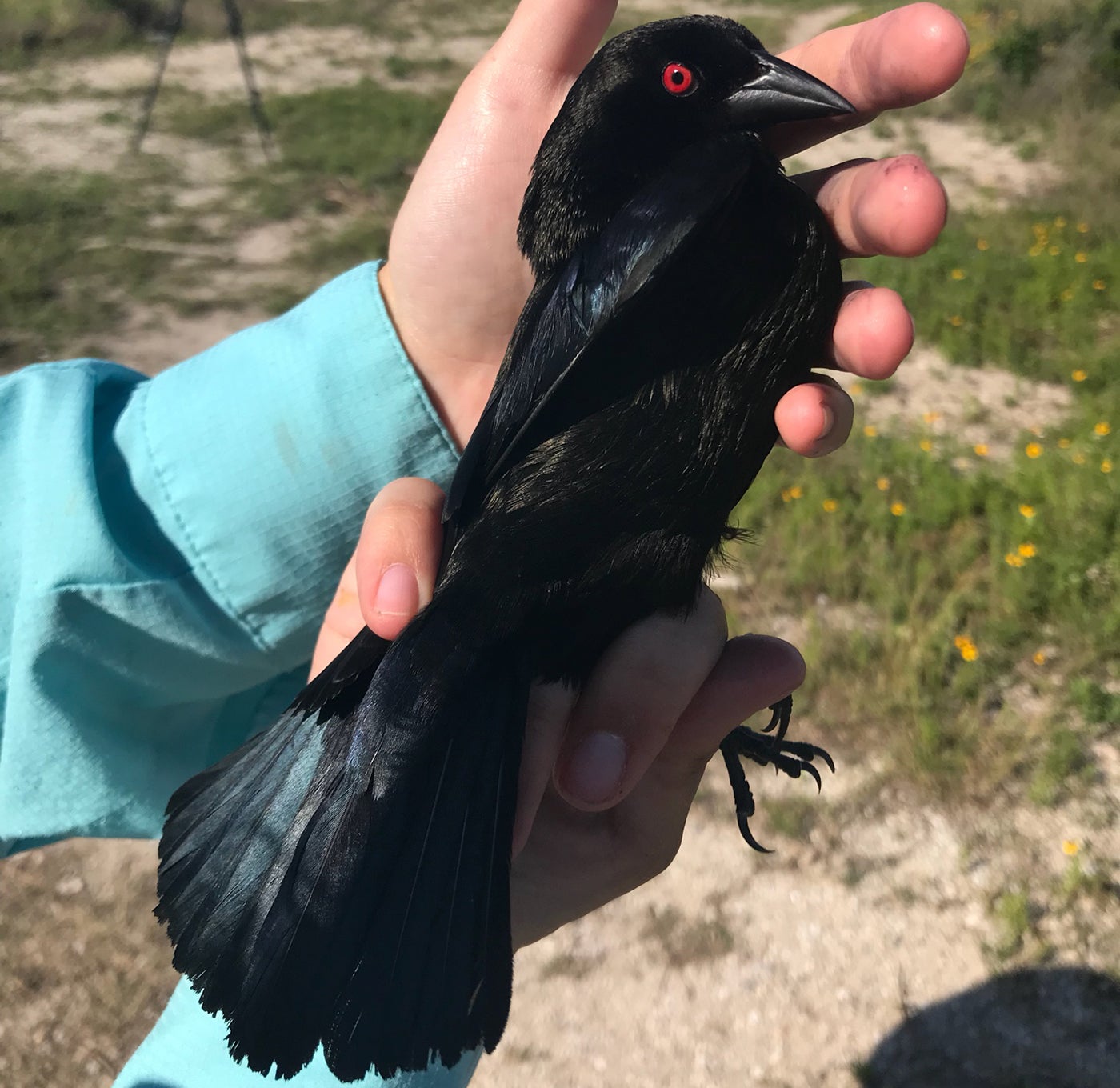
We sometimes observe this species during our banding season, usually perching high in a tree before it moves on. The bronzed cowbird is strikingly large and strong, and we needed two hands to band and measure it.

